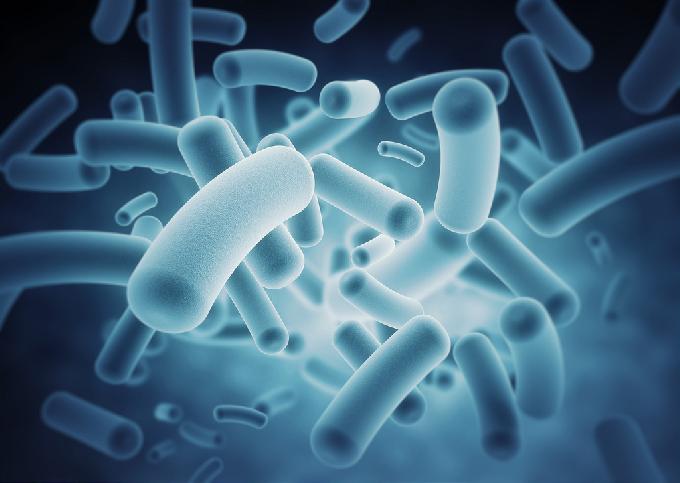A breakthrough in the production of solar cells could make the next-generation of super-efficient solar cells much cheaper and safer. And they use naturally occurring substances too.
For making solar panels, cadmium chloride is used to create a thin film that greatly boosts the efficiency of certain types of solar cells. This is the most hazardous and expensive part of solar panels.
Now, a substance called magnesium chloride has been found to give the same boost in solar panel efficiency at a fraction of the cost and with none of the concerns about safety and environmental impact.
Researchers at the University of Liverpool have discovered that magnesium chloride, which is already used in products such as tofu, bath salts and for de-icing roads and is extracted from seawater, is an alternative to cadmium chloride. Tests have shown that the solar cells made with the magnesium chloride are as efficient as those made with cadmium chloride.
Magnesium chloride costs about 1% of the cost of cadmium chloride. Replacing it with a naturally occurring non-toxic salt could save the industry large amounts of money and reduce the overall cost for generating power from solar power.
Researchers have shown a way to face the biggest challenge in generating solar power, making it cheap enough to compete with conventional power generation.






